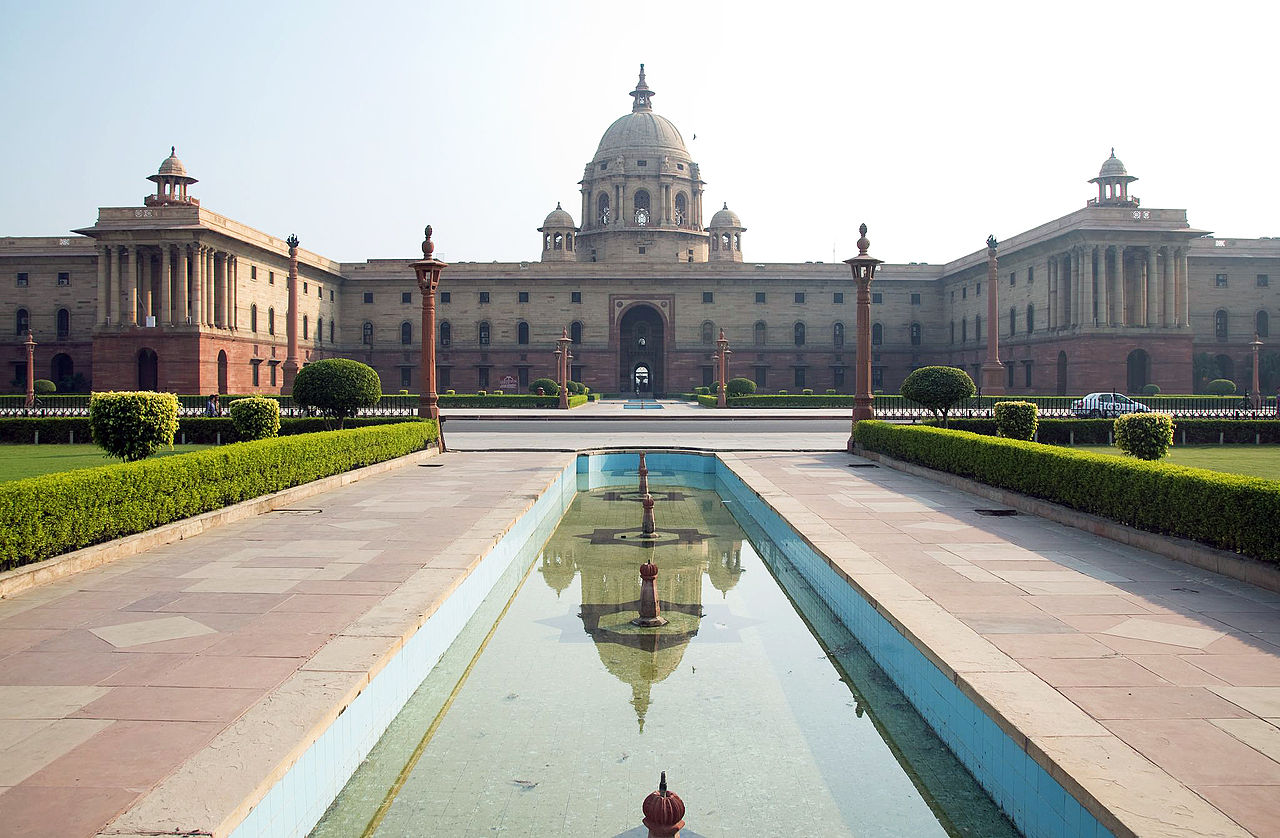
This article is written by Devashish Jain, a student of UPES Dehradun.
In the recent decision of the Supreme Court, while deciding the writ petition filed by the Common Cause in 2003, Writ no. 13 of 2003. Supreme Court after forming a drafting committee who in turn gave some suggestion, most of them were adopted as it is along with the guidelines of Directorate of advertising and visual publicity (DAVP), that are currently present to govern the said issue of the governmental advertising.
The writ petition was first filed by Common Cause in 2003 which further lead to filing of 2 more Writs in the same issue all the parties who filed the writ had a clear view that government is spending too much of the public funds on advertisements which is not leading to anything productive. Further is only led to wastage of resources which could be very well utilized in some productive activity.
But the respondent had a complete opposite view and they put forth the contention that advertisement is not wastage of resources rather they are a means through which the society at large is able attain the knowledge of the work that is being done by the government moreover most of the time these advertisements are for the purpose of the awareness. By the virtue of the advertisement, society gets to know what the legal rights of the individuals are and how the government is taking various steps for protecting the same. Moreover, the government advertisement are done for the purpose of informing the public about the various schemes that are launched by the government for their welfare.
Supreme Court while maintaining a balance in the present writ allowed the following:-
- Advertisement highlighting completion of a fixed period of the government tenure
- Advertisements announcing projects
- Governmental Advertisement issued in the memory of great personalities, but a limit of 1 advertisement has been set as the bar on the said issue
- Advertisement announcing policies and benefits for public
Guideline that were issued regarding the parts that government will now be focusing on are as follows:
- Those advertisement which stress upon the rights and obligations of the people of the society
- Government will focus on advertising considering the target audience of that area
- The third guideline states that advertisement material must not:-
- Mention the name of the party currently constituting the government
- Criticize the view and object of other parties either in opposition or elsewise
iii. Include any symbol or logo of any private entity or political party
Iv. For the purpose of promotion of any political party or candidate
- Include any sort of link to websites of the political parties.
- Government should look for best possible cost effective method of advertisement which should lead to maximum effectiveness
But due to widespread agitation both by the government and state-level parties in association with government view proposed various different view and guideline while changing their ambit, but the court held that as most of them were in accordance with those issued by the draft committee hence all except a few were passed namely:-
- Publication of photograph of politician and party leaders with the advertisement, in which the maximum photos of political individual could not exceed 3 in any case
- Recommendation for the purpose of the performance audit by different ministry
- Complete stop of the advertisements by the government when the elections are at a verge
By the virtue of the decision of this writ petition for the first time a proper set of guidelines had been issue to deal with this regard. Moreover while giving the decision court also stated that nowhere in the DAVP guideline there is any procedure of guideline which deal the process of giving the advertisement work to particular organization or firm and the criteria to decide the same. But now the court have stipulated in their guideline only that now the advertisement of government will be giving on democratic ground so that each and every company which have equal opportunity regarding the same and thus leading to fulfillment of the purpose of the government without breaching Article 14 of the constitution of India, which talks about the right to equality.
Court further held that they have jurisdiction to stipulate the guideline for the said issue under article 142 of the constitution of India. As per the author’s opinion the same was invoked while stipulate the Vishakha guideline regarding the sexual harassment at the workplace. Hence what the Supreme Court did was very well under their jurisdiction as stipulated under article 142.
 Serato DJ Crack 2025Serato DJ PRO Crack
Serato DJ Crack 2025Serato DJ PRO Crack









 Allow notifications
Allow notifications



